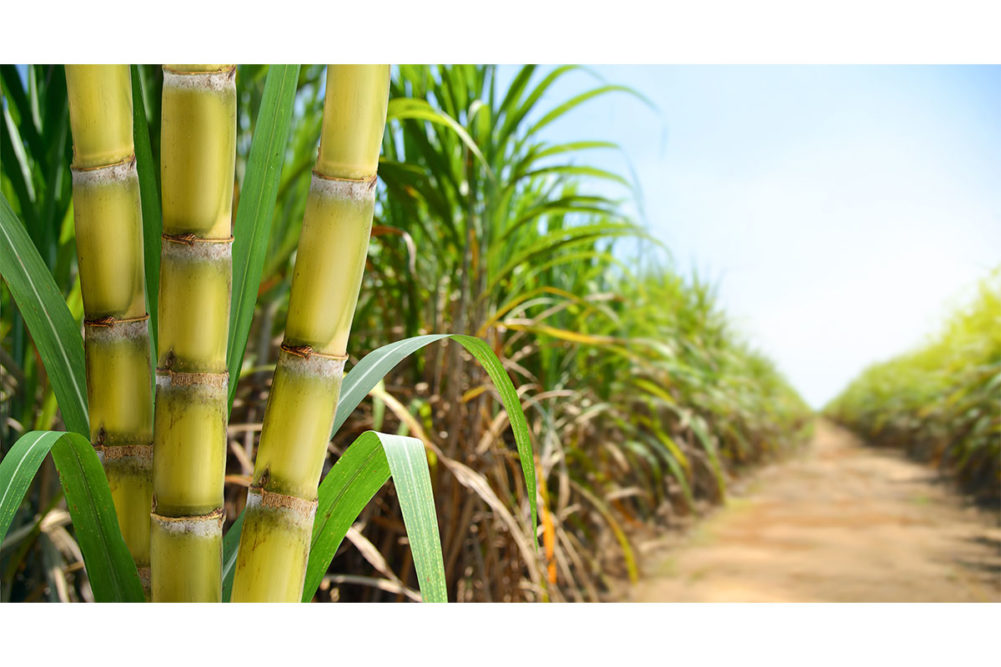BERKELEY, CALIF. — Researchers have combined multiple techniques to map out sugar cane’s genetic code, a discovery that could lead to more resilient crops and increased sugar production.
The researchers, through mapping out sugar cane’s DNA, were able to verify the specific location that provides resistance to brown rust disease. A study on the research was published March 27 in Nature. The research was conducted as part of the Community Science Program at the US Department of Energy Joint Genome Institute (JGI), a DOE Office of Science user facility at Lawrence Berkeley National Laboratory.
The genome allows researchers to compare sugar cane’s genes and pathways with genes and pathways in other crops such as sorghum. The comparisons help in understanding how each gene influences a trait of interest, including which genes are highly expressed during sugar production and which genes are important for disease resistance.
“When we sequenced the genome, we were able to fill a gap in the genetic sequence around brown rust disease,” said Adam Healey, PhD, first author of the paper and a researcher at the HudsonAlpha Institute for Biotechnology. “There are hundreds of thousands of genes in the sugar cane genome, but it’s only two genes, working together, that protect the plant from this pathogen. Across plants, there are only a handful of instances that we know of where protection works in a similar way. Better understanding of how this disease resistance works in sugar cane could help protect other crops facing similar pathogens down the road.”
Modern hybrid sugar cane is used to make products such as sugar, molasses, bioethanol and bio-based materials.
“This was the most complicated genome sequence we’ve yet completed,” said Jeremy Schmutz, plant program lead at the JGI and faculty investigator at the HudsonAlpha Institute for Biotechnology. “It shows how far we’ve come. This is the kind of thing that 10 years ago people thought was impossible. We’re able to accomplish goals now that we just didn’t think were possible to do in plant genomics.”




